The 20 Most Mysterious Shipwrecks Ever
The Lusitania
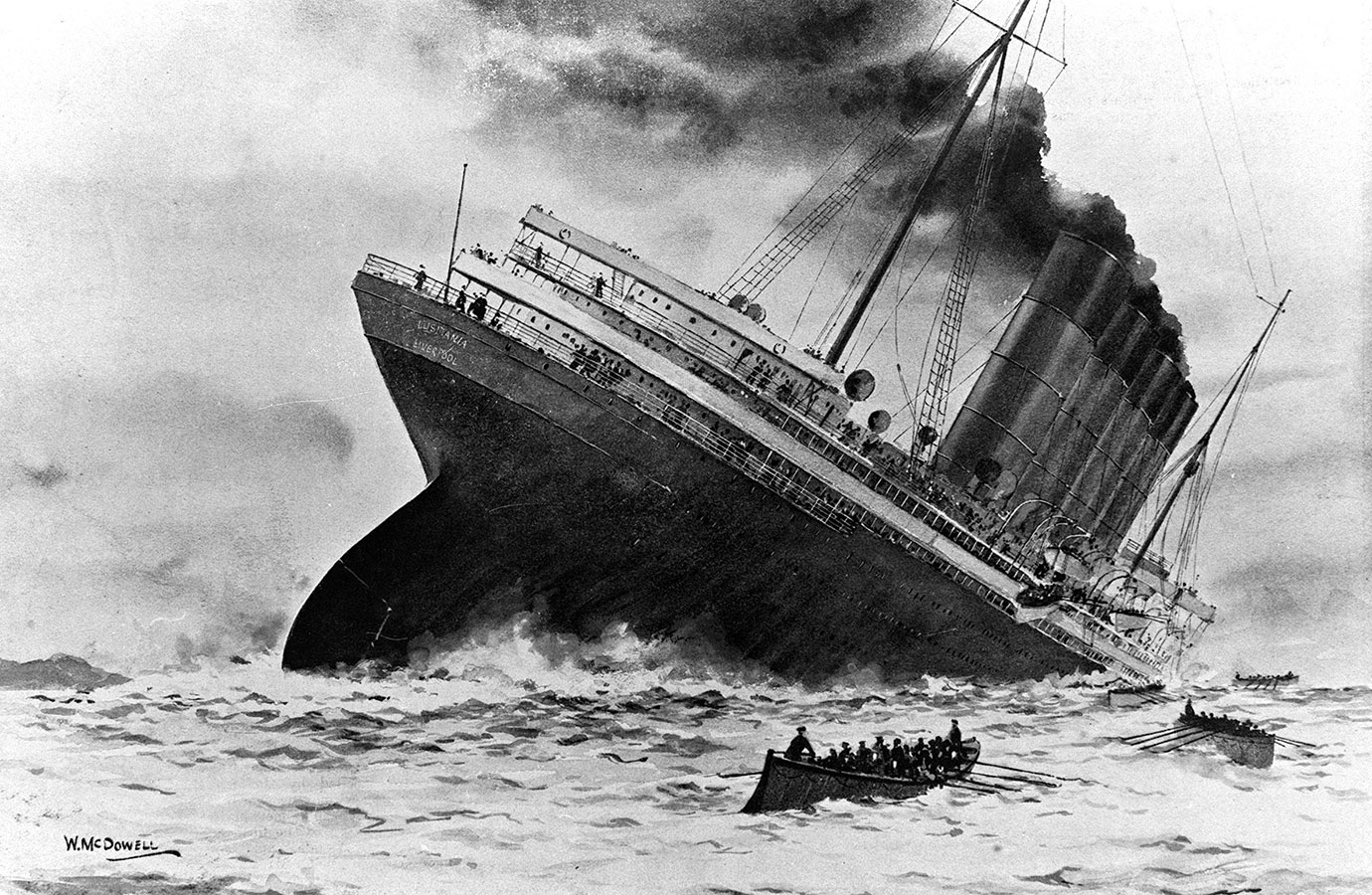
The infamous shipwreck the Lusitania rests in 300 feet (91 meters) of water off the coast of County Cort, Ireland. She was the largest ship of her day when she set sail in 1907, and she carried 1,960 people when she set off for what was to be her last voyage in May 1915. On the seventh day of that month, a German U-boat torpedoed the Lusitania, sinking her in less than 20 minutes and ultimately causing the deaths of 1,197 aboard.
To this day, there is controversy surrounding the Lusitania. She was carrying civilians from nations not embroiled in World War I (including the United States, which had not yet entered the war), and the attack helped turn U.S. public opinion against Germany, according to The Lusitania Resource. However, the ship was also carrying munitions for the war effort, a fact the British government refused to confirm publicly until 2014, though some munitions were found in 2008 by divers. The munitions may explain the source of a mysterious second explosion some survivors reported hearing after the initial torpedo strike.
A banker's schooner?

A two-masted ship sunk in a shallow lagoon off the coast of Israel may have had a famous owner.
The schooner, found in 1976, wasn't fully explored until 2008, when maritime archaeologists discovered that it was full of artifacts like ceramics and glassware. Some of these artifacts helped date the wreck to the late 1800s, sometime after 1889. From there, researchers had to turn to old documents to try to track down the ship's identity. They eventually discovered that the Baron de Rothschild, a Frenchman and a member of a famous and powerful banking family, had founded a Zionist settlement very near the site of the shipwreck. He purchased three ships to bring materials for manufacturing to the settlement, and though the archives recorded the sale of two of those ships, the third was conspicuously missing. Though there's no firm proof, the mystery shipwreck may be that third lost ship.
India's Oldest Shipwreck
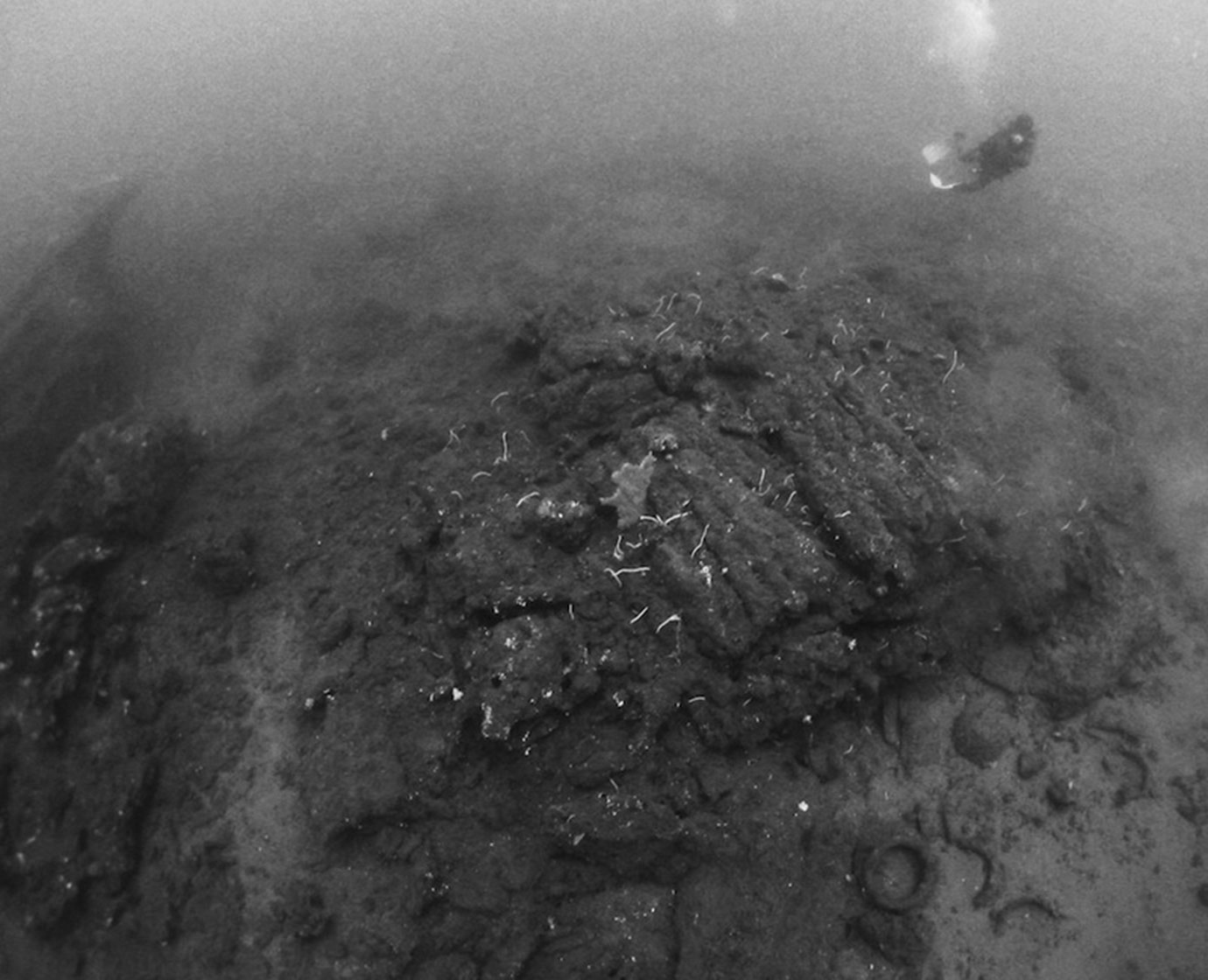
A hunk of corroded metal and a smattering of ancient glass ingots and pottery are all that remain of the oldest known shipwreck in the Indian Ocean.
The wreck, which dates back about 2,000 years, sits off the southern coast of Sri Lanka. It sank along a trade route between the East and the West, and may have been headed toward Rome when it slipped under the waves, archaeologists told Live Science in 2014. The team discovered grinding stones, storage jars, a "curious" metal ring at the shipwreck site, along with pieces of glass and other artifacts, according to a 2015 article in the magazine INA Quarterly.
Where's the Waratah?
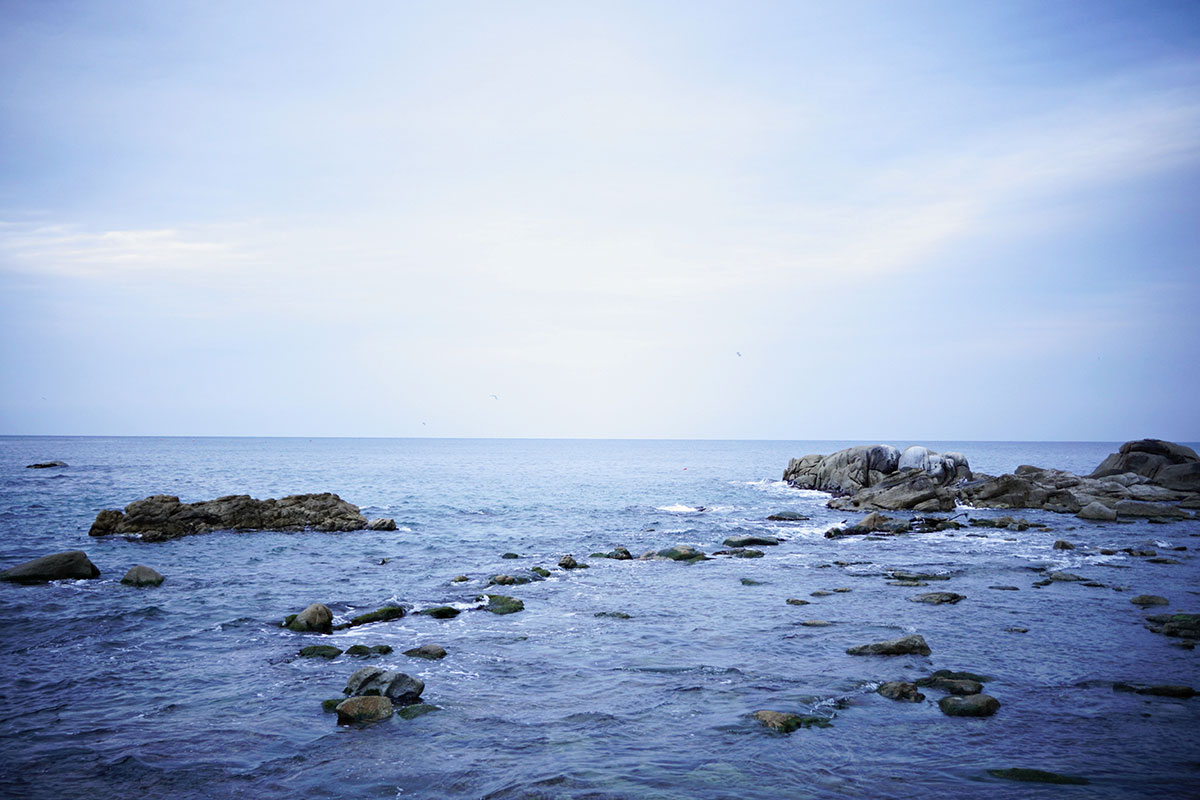
There are shipwrecks that have been discovered but not identified, and then there are shipwrecks that definitely happened, but have never been found. The Waratah is one of the latter. This steamship vanished in 1909 while headed from Durban, Australia to Cape Town, South Africa, along with 211 passengers and crew.
No one has ever found a trace of the ship. A passenger who disembarked before the Waratah left Durban wrote in a letter that he thought he ship was top-heavy. Bad weather and rough seas certainly plagued the night she disappeared. Searches were launched immediately after the Waratah failed to show up in port, and there were reports of bodies and debris found scattered about various southern hemisphere coastlines in the following years.
Sunken Treasure Ship
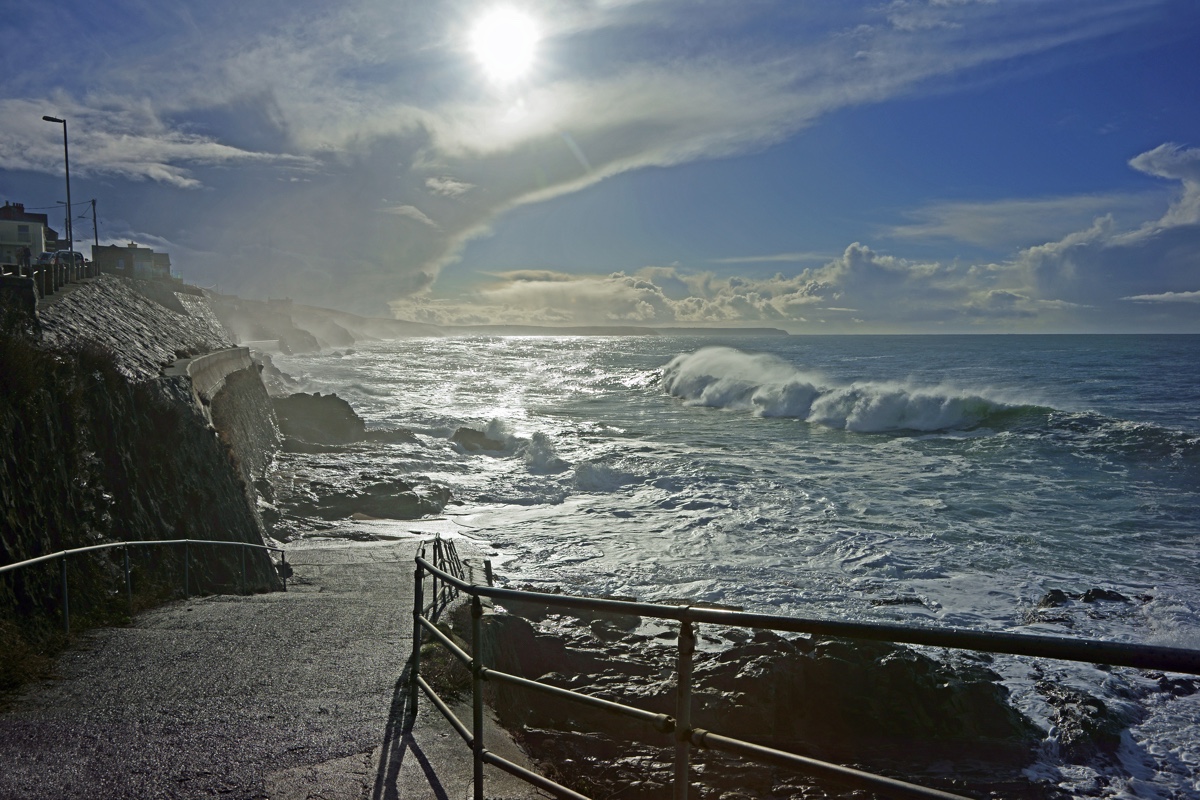
Searching for sunken treasure might seem like something out of a swashbuckling adventure tale, but some people really do it. One beloved target for marine salvage companies: The Royal Merchant, an English merchant ship lost in 1641 off the coast of Cornwall. Forty of the 58 crew aboard survived when the ship went down in bad weather, but they weren't able to rescue the vessel's eye-popping treasure, which was equivalent to one-third of England's national wealth at the time, according to Wrecksite.eu. The amount of gold, silver and coins aboard would total more than $1.5 billion today.
Unfortunately, the Royal Merchant's final resting place remains a mystery, though the salvage company Odyssey Marine Exploration has recovered $500 million of coins from another shipwreck (probably Spanish) it found in the process of searching for the lost treasure ship.
The USS Cyclops
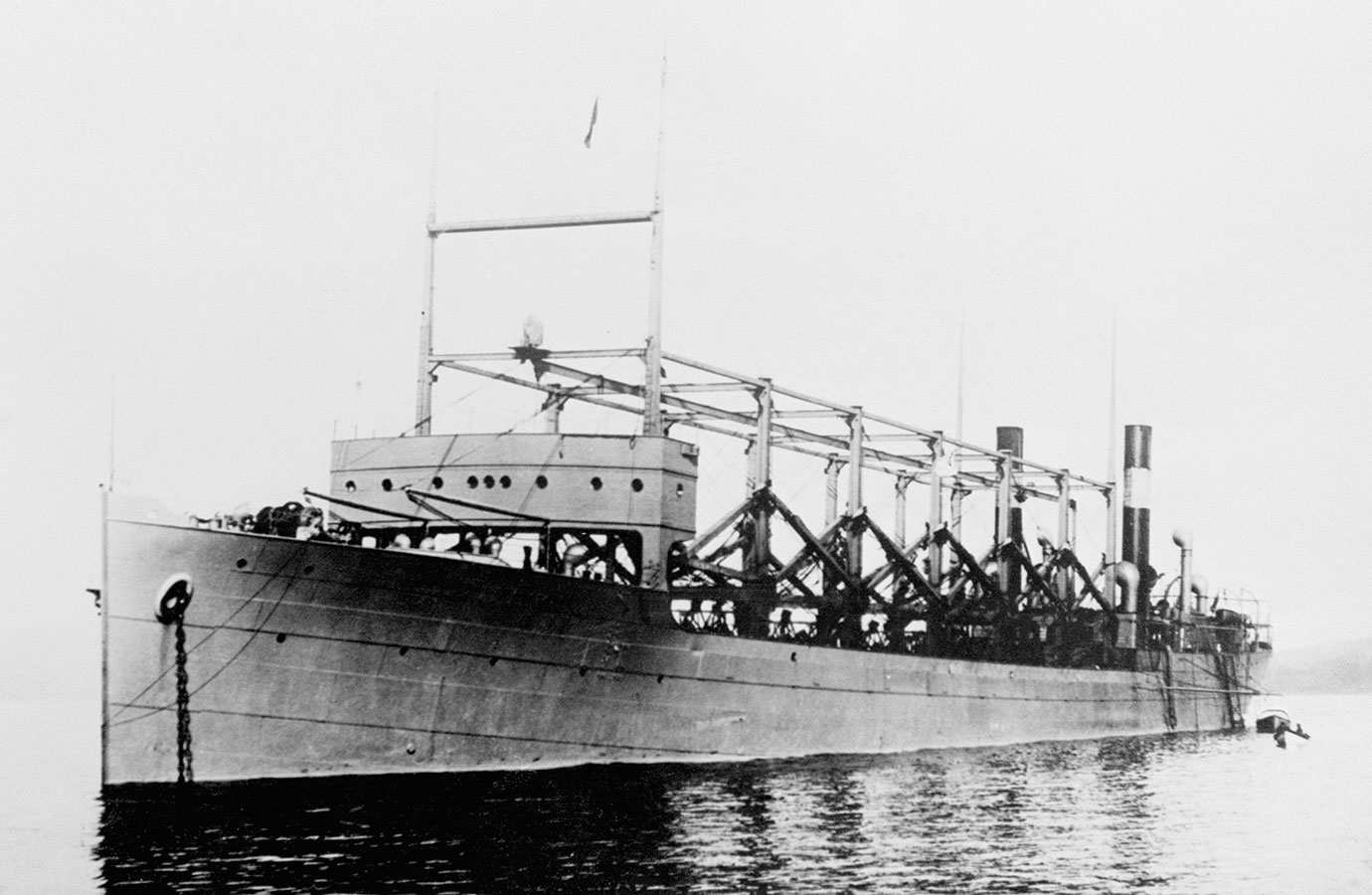
Take one mysterious ship, add in the Bermuda Triangle, and what you'll end up with is a whole lot of conspiracy theories.
The USS Cyclops was a Navy ship that vanished in March 1918 with 309 people aboard. According to the Naval Historical Foundation, the ship was carrying manganese ore from Brazil to Baltimore when she took a detour to Barbados. She may have been overloaded by both her cargo and coal she picked up on that stop. Meanwhile, one of her engines was nonfunctional thanks to a cracked cylinder. These factors may have contributed to the ship's disappearance, but no one knows for sure. No trace of the Cyclops' wreckage was ever found.
In the absence of real information, theories proliferated about the ship's fate. Her captain was found to be a native of Germany, raising questions about possible treason, but there are no German records of an attack or handover of the ship. The ship's loss helped fuel fear of the "Bermuda triangle," a region of the Atlantic said to be the site of many mysterious maritime disappearances, thanks to a 1974 book of that same name by paranormal enthusiast Charles Berlitz that included the USS Cyclops' disappearance.
A wreck that still claims lives
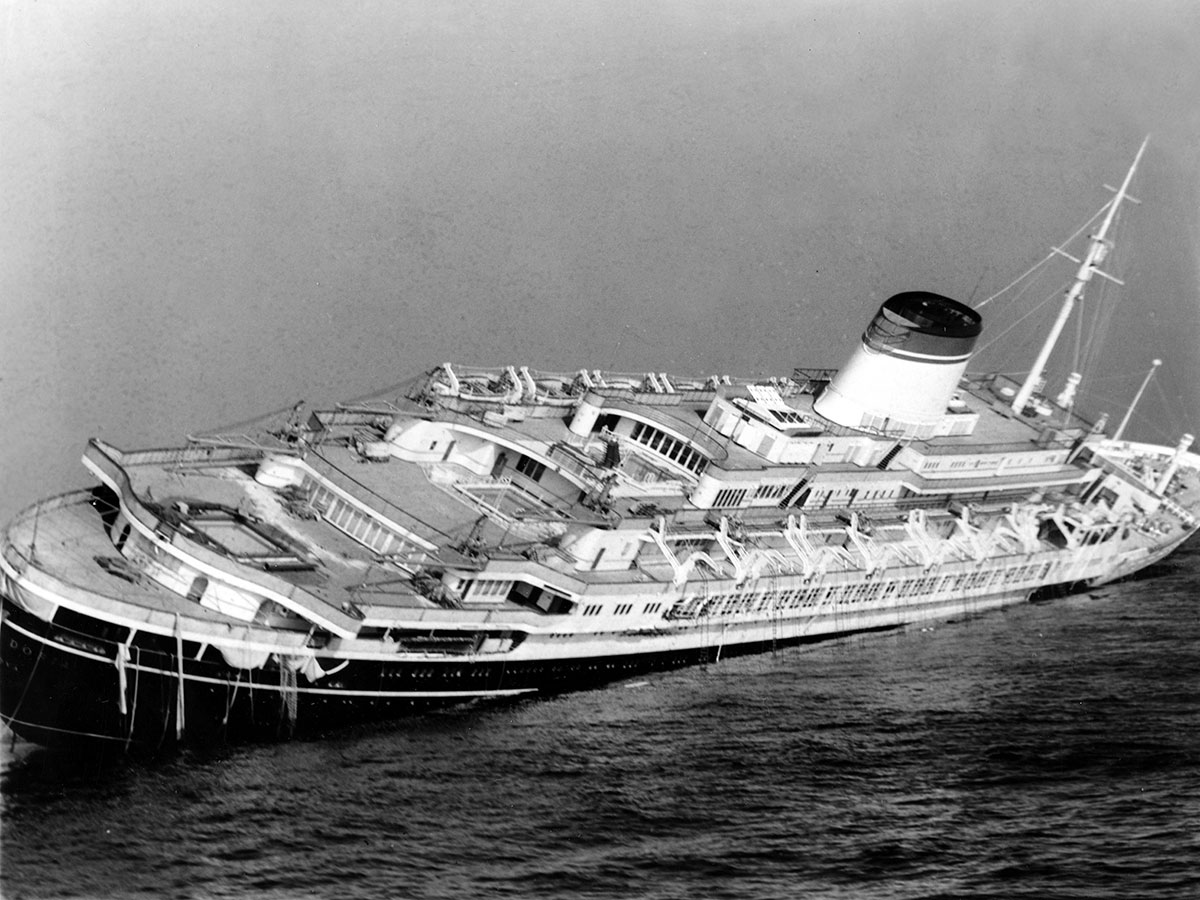
The Andrea Doria, an Italian ocean liner that sank in 1956 11 hours after colliding with another ship in foggy weather, sits off the coast of Massachusetts. The wreck killed 46 when it happened, but 16 people have since died exploring the wreck, according to a 2016 Washington Post article. The wreck is in a remote spot at the edge of the continental shelf in 240 feet (73 m) of water, and personal effects like money are still aboard, according to the piece. This makes the wreck alluring for divers, but the ship's twisting passageways have become a fatal maze for some, while others have succumbed to failed equipment or decompression sickness, which happens when divers ascend too quickly and dissolved gases bubble out of the blood under the reduced pressure.
The Mary Celeste
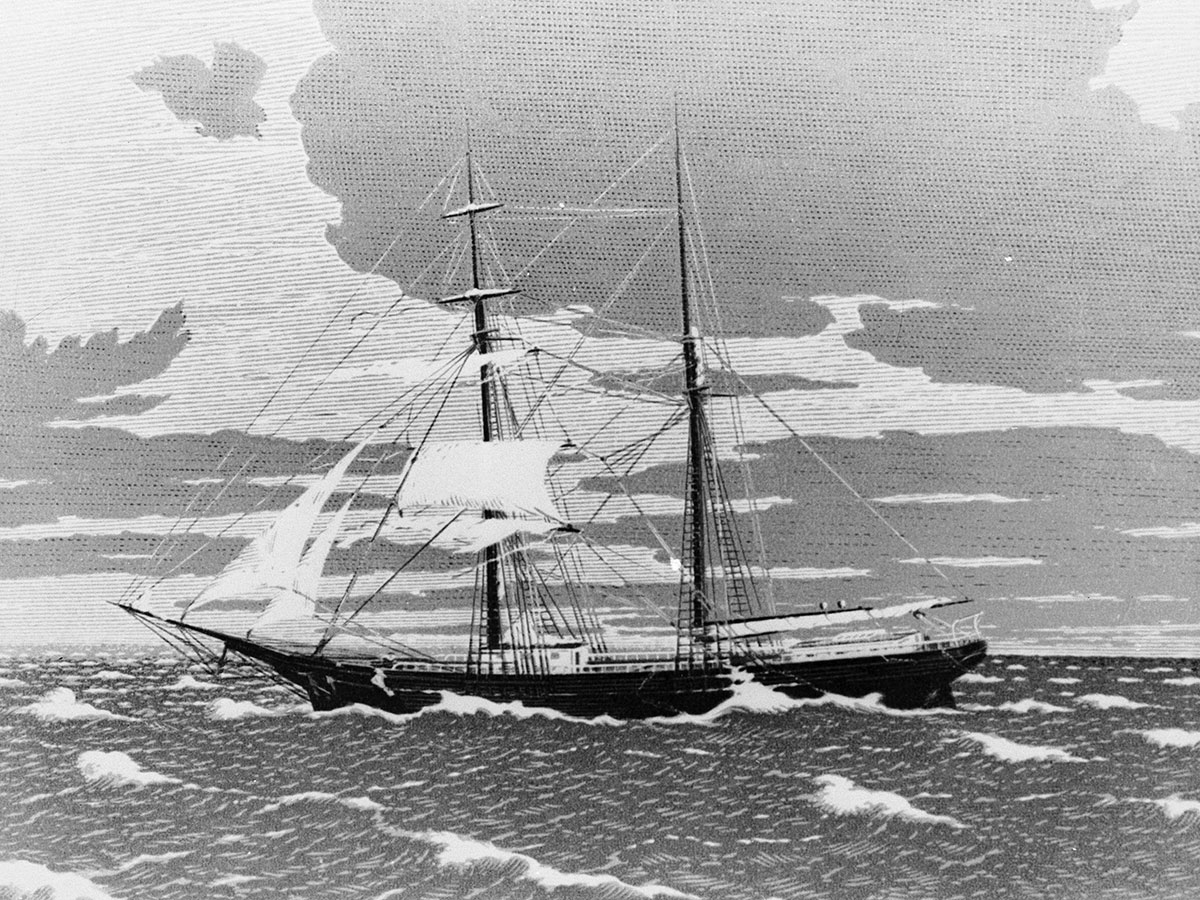
Famous in the annals of mystery ships is the Mary Celeste, a merchant brigantine found drifting in December 1872 off the Azores with her crew of 10 nowhere to be found. The ship was missing a lifeboat and there were signs something had gone wrong — one of its pumps was dismantled, according to Smithsonian Magazine — but the ship was still seaworthy, and there was no hint as to why the crew and passengers had abandoned it. Among the missing was the captain's 2-year-old daughter.
Arthur Conan Doyle, the writer of the Sherlock Holmes mysteries, helped make the ship famous with a short story vaguely based on the event, in which foul play explained the enigma. A 2007 theory, reported by Smithsonian, suggests that perhaps the captain made the call to abandon ship in sight of land after the ships pumps became fouled. Normally, it would be unusual for a captain to abandon a seaworthy vessel, but the captain may not have been able to tell how much water the ship was taking on with the pumps broken. The ship was also slightly off course and had been battling bad weather, which may have prompted the captain to take the chance at land when he could.
The Zebrina
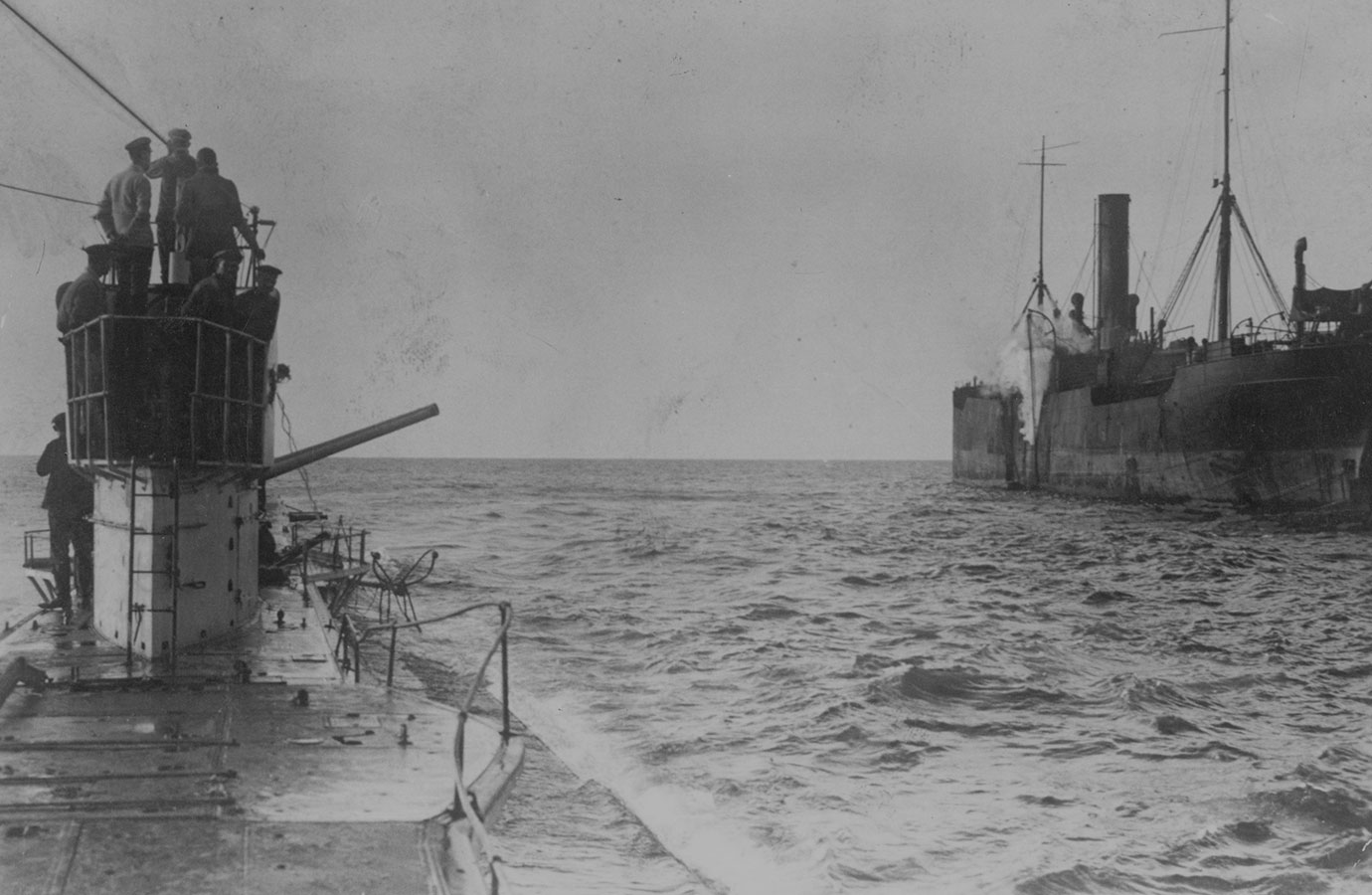
The Zebrina was a sailing barge that ran aground in France in 1917. Today, it's a frequent topic of discussion on forums devoted to mysterious shipwrecks and disappearances. When the Zebrina was found, its five-man crew was missing. The most common speculation is that the crew was forced aboard a German U-boat, which then itself sank before any record of the attack made it back to shore, but no evidence of what really happened to the Zebrina remains.
The HMS Terror
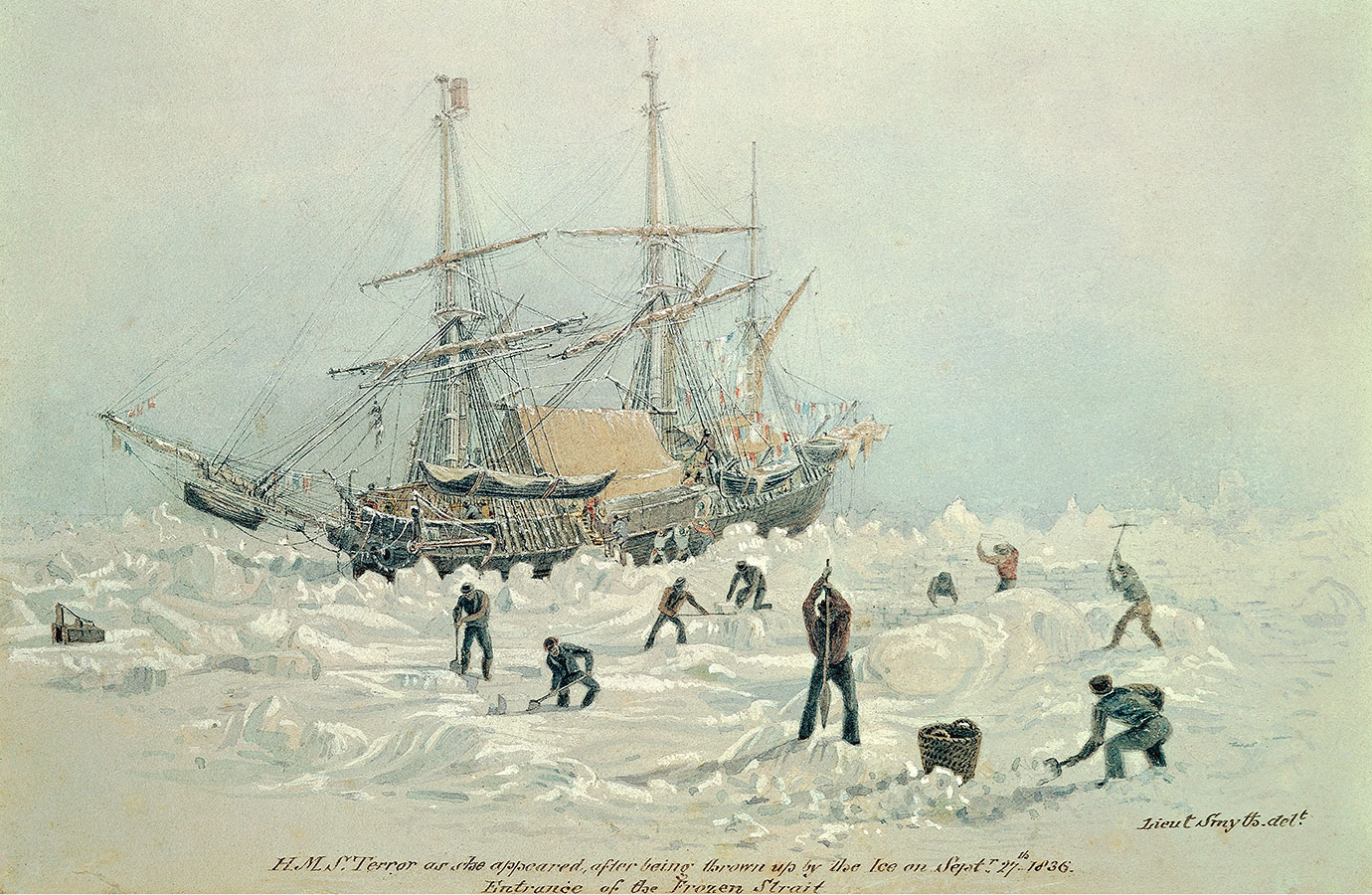
For more than 170 years, the mystery of the HMS Terror loomed large over the Arctic. The ship was one of two that comprised the Franklin Expedition, an effort by British Capt. Sir John Franklin to search for the Northwest Passage, a sea passage through the Arctic. The expedition launched in 1845. In 1846, the HMS Terror and her sister ship the Erebus became stuck in ice. Franklin died in 1847, according to a note later found stashed on King William Island, and the ships were abandoned in April 1848. The 106 men left alive to leave the ships were never heard from again.
Nor was the HMS Terror, at least not until 2016. Working off tips from local Inuit fishermen, researchers discovered the Terror intact in 80 feet (24 meters) of water. Remotely operated vehicle expeditions to the shipwreck have begun, and researchers hope to unravel more about the mystery of where the Franklin Expedition went wrong and what happened to the crew.
Sign up for the Live Science daily newsletter now
Get the world’s most fascinating discoveries delivered straight to your inbox.

Stephanie Pappas is a contributing writer for Live Science, covering topics ranging from geoscience to archaeology to the human brain and behavior. She was previously a senior writer for Live Science but is now a freelancer based in Denver, Colorado, and regularly contributes to Scientific American and The Monitor, the monthly magazine of the American Psychological Association. Stephanie received a bachelor's degree in psychology from the University of South Carolina and a graduate certificate in science communication from the University of California, Santa Cruz.










